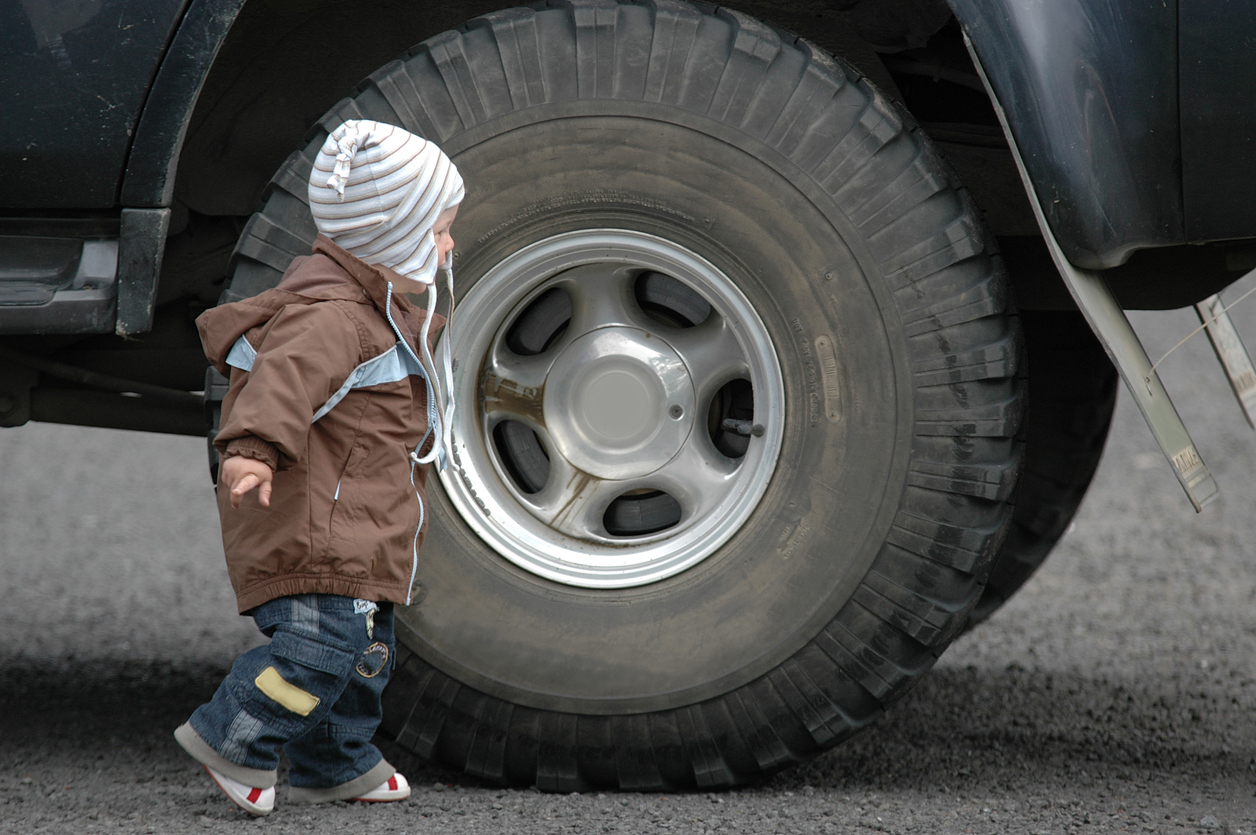"Drivers should be aware of what is in front of them as well as what is behind them," says Oriene Shin, CR's policy counsel for safety policy. "This bill is a step in the right direction in that it requires vehicles, particularly larger trucks and SUVs, to have technology that alerts the driver or provides additional forward views when there is an object in front of the vehicle to help prevent these 'frontover' accidents." Every member of Congress should support and work to pass the STOP Frontovers Act in order to keep people safe, particularly children."
According to Consumer Reports, full-sized pickup trucks, which are the most popular models on the market, can have a blind zone 11 feet longer than a car and 7 feet longer than an SUV. As a result, drivers may be more likely to hit pedestrians, cyclists, and smaller vehicles that they are unable to see. The National Highway Traffic Safety Administration announced earlier this year that it would investigate frontover collisions, and Senator Blumenthal's bill is another step toward requiring automakers to address the issue of front blind zones in larger vehicles. If it is approved, it will direct the NHTSA to develop requirements to assist drivers in detecting objects or people in areas ahead of the vehicle that they cannot see.
Jen Stockburger, director of operations at CR's Auto Test Center, notes that technology for providing additional visibility directly ahead of a vehicle may already be available in the form of front-view or surround-view cameras, even for truck and SUV models that do not yet offer a safety-oriented version. Several pickups and SUVs, for example, are equipped with front-mounted trail cameras that allow the driver to see over obstacles as the truck climbs a steep hill. And, because backup cameras are now standard in new vehicles, the screen required to see what's in the rear blind spot is already present.
The additional cameras, which are typically marketed for convenience or as parking assist systems rather than safety, would emphasize their role as safety features.
"It was a bigger step when backup cameras were added because manufacturers had to work new technology and screens into every car," says Stockburger. "Additional cameras and, in some cases, sensors for frontover protection may prove to be less of a challenge for automakers because the screen, and in many cases, the cameras or sensors, may already be present."
If the bill is passed, the NHTSA will be required to develop and propose a new federal safety standard for frontover collisions. While the agency works through this process, automakers, safety groups, and members of the public will be able to comment before the rule is finalized. Until then, there are few specifics about how the systems would work or what technologies would be required.
Even if frontover detection systems become mandatory in new vehicles soon, Stockburger believes there will still be a large number of large trucks and SUVs on the road that lack the technology.
"People driving those larger vehicles should take extra precautions to ensure there are no children in front of them before proceeding," she says. "Walking around the vehicle, ensuring that young children can't follow you out when you're leaving, or ensuring that any nearby children are in your line of sight are all good habits to develop, especially in areas where children are present or play."
Outside of driveways and parking lots, drivers of these vehicles must be more cautious when turning, approaching crosswalks and stop signs, and driving in areas where pedestrians and cyclists are present.













